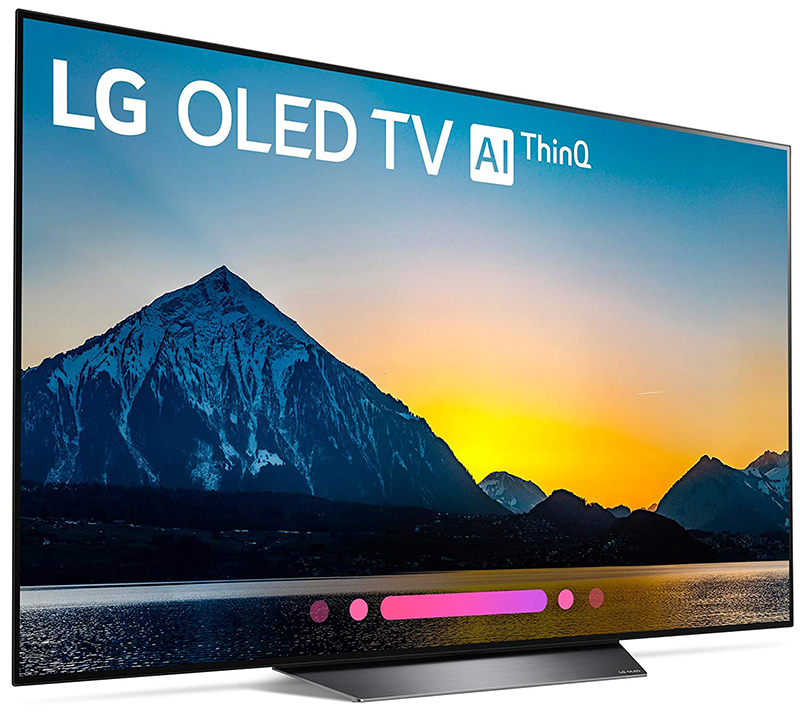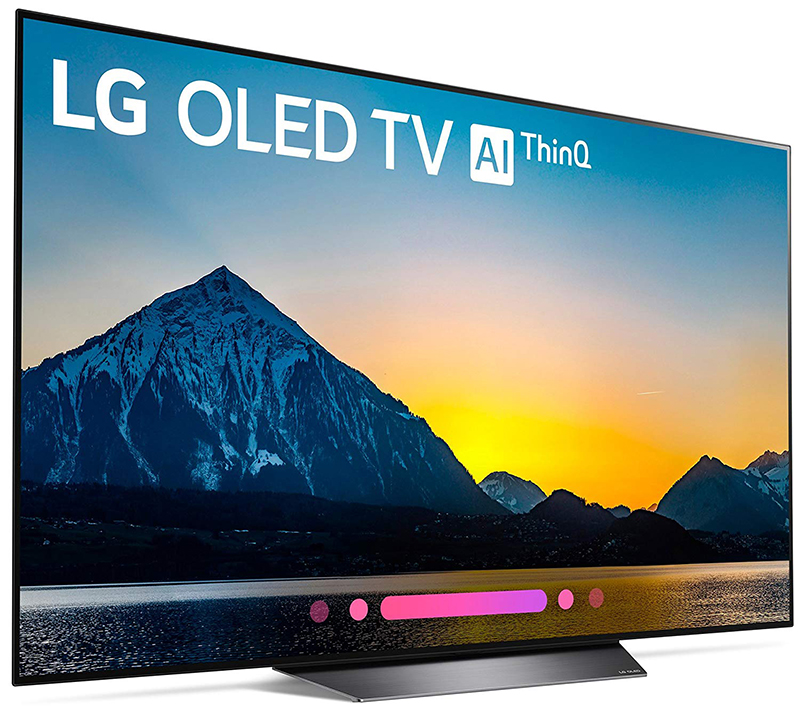The New Revolution of Television


CRT monitors are history. Those fat television sets are in distant past for most of us. But some of us may have them showcased in our homes as they’re still used to some extent. TV panels however, have undergone a lot of technological revolutions during the past couple of decades. Cathode Ray Tubes (CRT) were huge and bulky, which is why those old-time television sets were large, fat and heavy. Then, came Liquid Crystal Display (LCD) TVs which made television sets flat and a lot less light. However, LCD screens still had some defects such as bad viewing angles and were prone to damage quickly, next Light Emitting Diode (LED) screens. These screens were pretty popular during the late 2000s and the early 2010s.
Nowadays, OLEDs have become pretty popular. The O in OLED stands for Organic. These OLED Screens can be widely seen in top smartphones and have now made their way into our televisions as well. Let’s get into the nerdy stuff. Every screen consists of many pixels. These pixels are tiny fragments on the screen that are capable of generating colors. Most screens rely on these pixels to generate images on the screen. So far so good? Now, these screens have these backlights under them that make the images appear. What makes OLED Screens unique is that it has no backlight source. Each pixel on the screen produces its own light which is good and we will explain why.
Furthermore, OLED Screens are capable of creating a perfect/pure/deep black colour since there is no backlight. Pure black is a good thing in the world of screens as it can create more vibrant colors on the display. Expect a pretty good picture quality from OLED panels. Since the individual pixels on OLED Screens can turn on and off depending on the situation, they are also efficient power consumers when it comes to displaying dark or black-ish images. Overall, they use less power than other alternatives.
Now here’s the good news. If you’re planning to get a new television for your home, LG has introduced 2 OLED Television sets for the Nepali market. Towering at 55” and 65”, these televisions have SMART features that make it worth the price. Compared to older models, these 2 new sets can make full use of AI features that are available right now. Google Assistant, Amazon’s Alexa, AirPlay2 and LG’s own ThinQ are all there at your disposal. You do not need any external devices to use these SMART features. Simply talk to your television and have the information you need at that instant. Pretty neat, eh?
The television sets are powered by A9 Gen2 Intelligent Processor and pack a lot of pixels. The resolution of the sets is 3840x2160 which basically makes it a 4K TV.Add to that, it also includes the 4K Cinema HDR which will make your TV viewing experience more enjoyable. WebOS 4.5 is the Operating System that is used. Coupled with the A9 Gen2 Intelligent Processor, the sets are totally capable of using deep learning in order to create stunning images as well as breathing sound quality. LG’s 4K Cinema HDR supports majority of all the HDR formats, which is bound to given you an immersive cinematic experience. Speaking of sound, the sets have a 2.2 Channel Speaker which produces consistent sound no matter which space of the room you’re in. Coming to the IO ports, the sets have 4 HDMI ports and 3 USB Ports which are more than enough for normal use. With Dolby Atmos Sound, one is bound to have the greatest cinema experience from the comfort of there homes.
In the world where interconnectivity and smart features are making their way to every household application, these sets are up to date with the IoT technology. The Home Dashboard feature available in these sets are pretty neat and advanced. If you own any smart home appliances such as Air Conditioners, Fridges, Home Robots, Washing Machines that utilize the ThinQ system, you can have all of them controlled from the dashboard.
OLED TVs are worth the investment, and if they offer smart features – that is even better. This is why we recommend getting the new OLED Televisions by LG.
QLED and OLED
A lot of misconception has been seen in the general market regarding QLED and OLED. While QLED falls under the category of LED, OLED is vastly different. As mentioned earlier, OLED Televisions do not have any backlight source as each of the pixels light themselves up. QLEDs, on the other hand, have some form of backlight source. OLED is clearly the winner amongst the two as it can produce better image quality and has better viewing angles.
Specification Sheet
|
Screen Type |
OLED (Organic LED) |
|
Screen Size |
55” and 65” |
|
Resolution |
3840 x 2160 (Ultra Wide) |
|
HDR |
Yes (4K Cinema HDR) |
|
Dolby Vision HDR |
Available |
|
Processor |
ɑ9 Gen2 Intelligent Processor |
|
Speaker System |
2.2 Ch Speaker |
|
Audio Output |
40W |
|
Operating System |
Web OS 4.5 |
|
Magic Remote |
YES |
|
HDMI |
4 ports |
|
USB |
3 ports |
|
Model Number |
LG OLED C9 |


